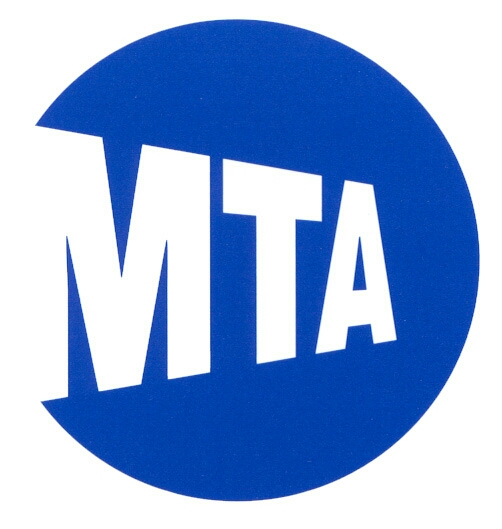Information
-
Project
-
Quarter
-
Contract Number
- C2B (C-26010)
- C3 (C-26006)
- C4C (C-26011)
- C5C (C-26012)
- C6 (C26009)
- CM005 CM005
- CM006
- CM007
- CH057
- CH057A
- CQ032
- CS179
- CM014B
-
Contractor
-
Location
-
Attendees
- Jennifer Wuotinen
- Rose-May Touissant-Portes
- Bobby Li
- Joanne Liu
- Apollo Lin
- Vera Eckna
- Alain Noel
- Amir Ibrahim
- Nancy Oliver
- Sandeep Singh
- Joe Rogosich
- Brandon Fuld
- Mike Simpson
- Tenzin Lhundup
- Mike Rosel
- Anton Gallas
-
Additional Attendees
-
Conducted on
-
Prepared by
-
Project Description
1.0 Air Quality
-
Are dust control methods bring used, such as misting systems, dust boss, and ventilation to minimize dust being generated?
-
Is equipment >50 hp fitted with a DPF or other emission control device, or use a tier4 engine?
-
Are Camp meters in place upwind and downwind of where the work is happening?
-
Are all pieces of equipment inventoried with a MTACC sticker?
2.0 Noise and Vibration
-
Are noise readings being taken for all pieces of equipment?
-
Are noise blankets, mufflers being used in loud areas?
-
Are backup alarms community sensitive?
3.0 Stormwater/ Erosion and Sediment Control/ Dewatering
-
Are all equipment washing operations performed in a manner so as to minimize any adverse impact on storm water catchbasins?
-
Are access streets free of soil carryover or sediment runoff?
-
Are all catch basins protected with filter fabric or other device? Are the inserts being maintained?<br>
-
Are catchbasins adjacent to chemical and waste storage areas free of signs of contaminated runoff?
-
Is ground water being collected and managed with a NYC deposit permit? <br>
-
Are daily flows and pH being recorded?
-
Are stockpiles covered to minimize Sediment from leaving the work site?
4.0 Chemical Product and Waste Management
-
Are chemical and waste areas kept segregated and appropriately labeled?
-
Are paint and solvent containers stored in fire safety cabinets
-
Are product containers completely emptied (<1” product left) before discarding as trash?
-
Are mobile oil/diesel containers provided with containment and labeled with product name and container capacity? Is secondary containment free of accumulated product?
-
Are spill/drip pans used under equipment such as cranes and pipe threaders?
-
Are raw materials stored on pallets and open materials stored on spill pallets?
-
Are all containers labeled with contents and waste drums/containers labeled properly?
-
Are roll off containers covered at the end of the shift?
-
Is used oil being generated?
-
Is the storage tank registered with the DEC and comply with DEC PBS requirements?
-
Is used oil stored in drums?
-
Is the oil drum in secondary containment?
5.0 Spill Prevention and Response
-
Are all stationary product tanks registered with DEC?
-
If yes, are the registration accurate and current. Do the tanks comply with applicable DEC requirements (label, color code, containment, gauge)?
-
Are spill kits available and accessible? Are spill kits at chemical/waste storage areas inspected weekly and replenished?
6.0 General Site Conditions
-
Is housekeeping being performed and site generally clean?
-
Is vector control in place?
Conclusion and auditor's comments
-
Are boxes being labeled and maintained?
-
Date of audit completed
-
Signature of auditor
-
Date of auditor's signature
-
Signature of auditee
-
Date of auditee's signature














